In a world where journalists are gunned down, bombed, or jailed for speaking the truth, India, a country with a free and loud media, has somehow been ranked lower than countries like Qatar, Rwanda, and even Congo in the 2024 Press Freedom Index. This shocking and confusing ranking raises a critical question: Is India truly becoming unsafe for journalists, or is the global press freedom ranking just another tool used to shape narratives rather than reflect reality?
Every year, Reporters Without Borders (RSF), a global NGO, publishes the Press Freedom Index. It claims to measure how free and safe it is for journalists to work in 180 countries. But here’s the twist: the entire ranking is based on perception surveys, not on hard data. That means how people “feel” about press freedom ends up deciding a country’s rank, not actual facts on the ground.
The survey is answered by a few selected journalists, academics, and members of civil society, whose identities and political leanings remain completely unknown. No transparency, no accountability, just anonymous opinions that turn into global headlines. As Swarajya highlights, this creates a serious risk of bias and unfair assessments, especially against nations like India that do not always follow Western narratives.
Let’s talk about the facts…
India has over 400 news channels, more than 1,000 digital outlets, and a media ecosystem that thrives on criticism, especially of the central government. There are fiery debates on primetime television, editorials grilling top ministers, and even independent YouTubers questioning every major policy, without being silenced. Yet, India ranks 159 in the 2024 index. Meanwhile, Qatar, where criticizing the royal family is a punishable offence, ranks 84. Rwanda, where state surveillance of journalists is common, ranks 144. This simply doesn’t add up.
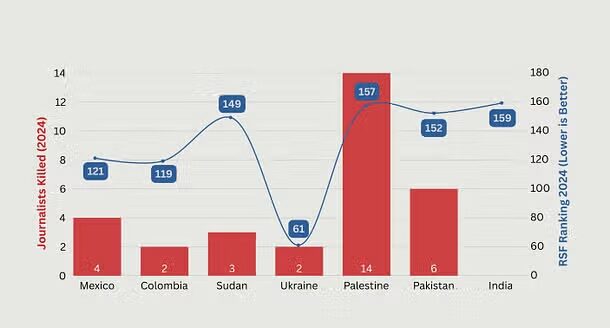
Why are these contradictions happening?
Because the Press Freedom Index does not rely on objective indicators like the number of independent media houses, legal protections for the press, internet penetration, or actual journalist deaths. Instead, it’s based on questionnaires and subjective scoring. Even worse, the weight given to each factor, like political pressure or legal framework, is not made public. So, an ongoing incident in India might affect its score more than systemic media censorship in other countries.
The financial backing of RSF also adds to the concern. In 2022, over half of its funding came from public institutions, including the French government and the European Commission. Another big chunk came from organizations like the Open Society Foundations (run by George Soros) and the Ford Foundation, both known for supporting liberal causes. When most of the funding comes from ideological donors, can we really trust the index to remain neutral?
In 2024, RSF itself confirmed that Palestine (14 deaths), Pakistan (6 deaths), Mexico (4), and Sudan, Iraq, Ukraine, and Colombia (multiple deaths) were among the deadliest countries for journalists. Still, all of them ranked higher than India. This isn’t just puzzling, it’s a clear contradiction that exposes the flawed methodology.
The same RSF ranking is then amplified by international media, NGOs, and opposition voices in India, who use it to claim that India is turning into a dictatorship. But when Europe passed its own digital laws, or Australia enforced online safety acts, nobody screamed “authoritarianism.” Why is India judged differently?
In fact, India’s 2021 IT Rules for digital platforms were meant to ensure accountability of OTT and social media giants, not suppress journalism. But the global backlash ignored similar moves in the West, showing that what’s called “regulation” elsewhere becomes “repression” only in India.
It’s time to ask: Can we trust an index that ranks media-heavy, democratic India lower than countries where journalism is illegal or deadly? When the foundation of a global ranking is built on opinion rather than data, it becomes a tool for influence, not information.
India is not perfect. Criticism of the government is necessary and healthy. But a press that screams “freedom is under threat” while doing so openly on national TV, under full legal protection, needs to acknowledge the irony.
As Swarajya rightly points out, “When perception replaces facts, it’s not journalism, it’s an agenda.” And it’s high time the world sees the agenda behind these rankings for what they truly are.

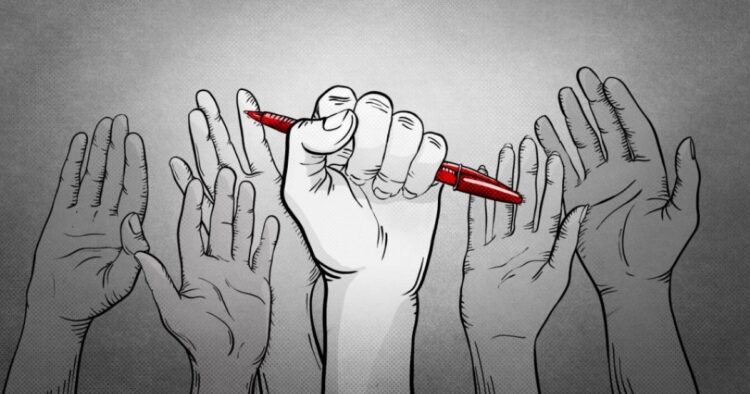
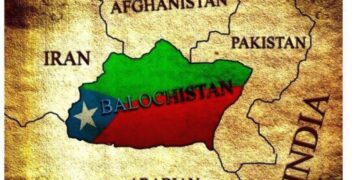


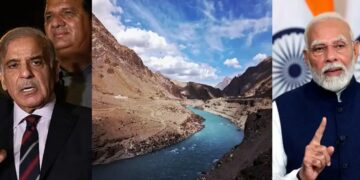
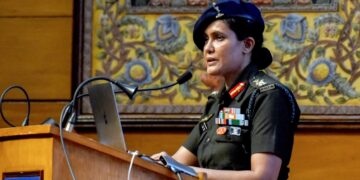










Comments